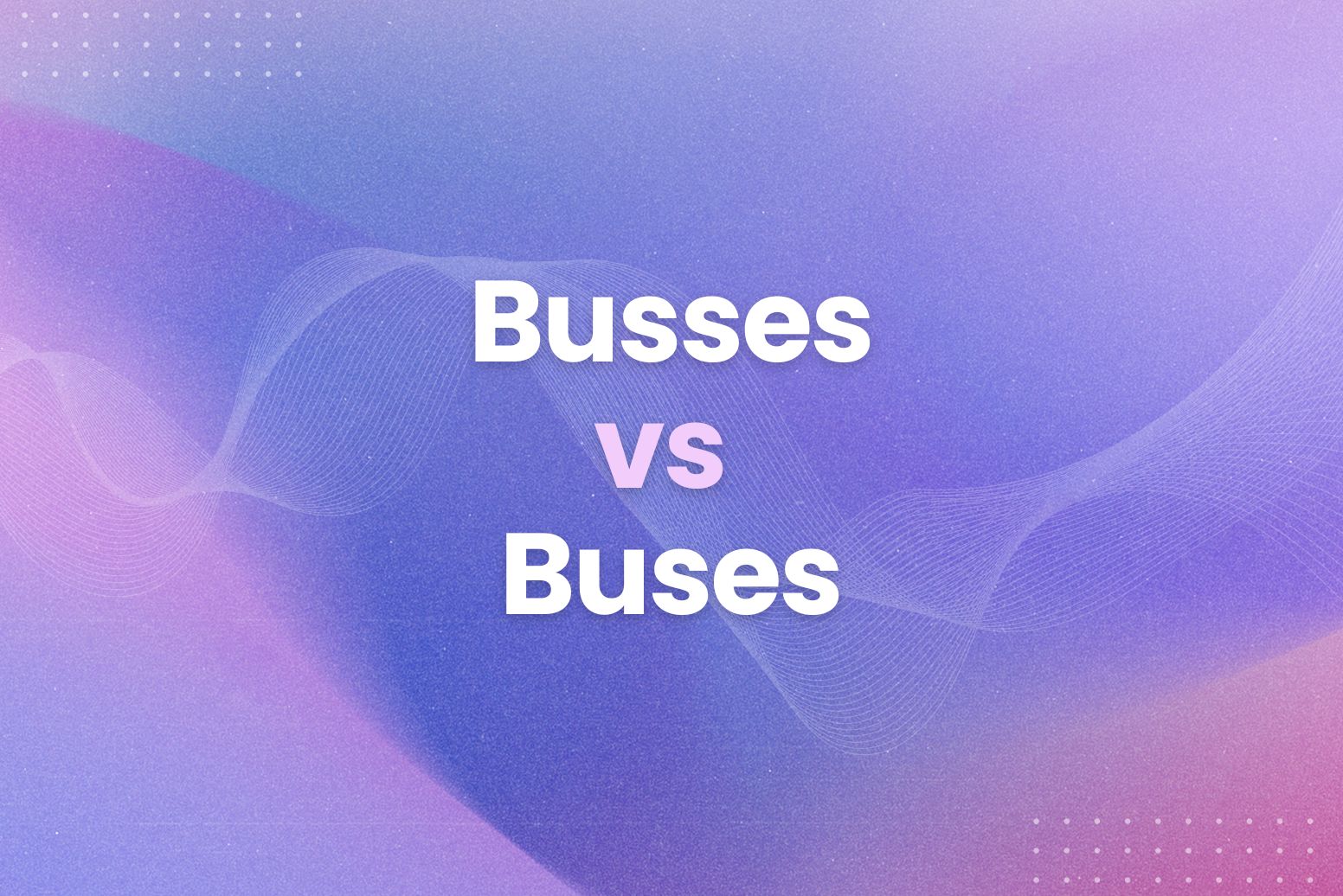Ever tripped over a simple word choice? It happens to the best of us. Using “onto or on to” correctly can feel like a tiny grammar minefield. One wrong move, and your writing loses its polish. So, how do you avoid this?
This article will show you the simple difference between these two tricky phrases. As a result, you’ll write with more confidence. We’ll cover:
- When to use onto.
- When to use on to.
- Simple examples of each.
- A quick trick to remember the difference.
When to Use Onto
Onto is a preposition. It shows movement towards or position on a surface. Think of it as combining “on” and “to” into one word. Therefore, it describes a physical movement or placement.
For example:
- The cat jumped onto the table. (Movement to a surface)
- Put the books onto the shelf. (Placement on a surface)
Onto can also describe discovering or becoming aware of something. In other words, it’s a shift in mental state. For instance:
- The detective was onto the suspect’s plan. (Became aware of)
- We’re onto something big with this project. (Discovered something significant)
Here’s a tip: If you can replace onto with “on top of” or “on” and “to” separately without changing the meaning, onto is likely correct. For instance, “The cat jumped on to the table” works, so “onto” is right.
When to Use On To
On to is a combination of the adverb on and the preposition to. We use it when “on” is part of a verb phrase. Therefore, it describes an action followed by a direction or target.
For example:
- She held on to the railing. (The verb is “held on,” and “to” indicates the object.)
- We need to move on to the next item on the agenda. (The verb is “move on,” and “to” indicates the target.)
Think of it this way: The “on” belongs with the verb. The “to” shows where the action is headed. For instance, “log on to” means to connect to a system. “Hold on to” means to grip something tightly.
Here’s another example: “He went on to become a doctor.” Here, “went on” is the verb phrase, and “to become a doctor” is the next step in his life. Similarly, if you’re working on a document and want to add a picture, you might say, “I’ll go on to insert an image.”
A good way to check this is to see if you can remove “to,” and the sentence still makes sense (though with a slightly different meaning). If removing “to” changes the core meaning of the verb, then “on to” is correct. For example, “She held on the railing” doesn’t make sense in the same way as “She held on to the railing.”
Arvin can also help with this. If you’re unsure whether to use on to or onto, type your sentence into any webpage and activate Arvin. It will analyze your sentence structure and highlight any potential errors. This offers a quick and easy way to polish your writing.
Simple Examples Onto or On To
Let’s look at some clear examples to solidify the difference between onto and on to. This will make it much easier to remember.
Examples of onto
- The bird flew onto the roof. (Movement to a surface)
- The dirt got onto my shoes. (Placement on a surface)
- The police were onto his illegal activities. (Became aware of)
- He climbed onto the stage. (Movement to a platform)
Examples of on to
- Please hold on to your hats. (Part of the verb phrase “hold on”)
- Let’s move on to the next topic. (Part of the verb phrase “move on”)
- They went on to win the championship. (Part of the verb phrase “went on”)
- She logged on to her computer. (Part of the verb phrase “logged on”)
Here’s a quick comparison:
- Onto: The cat jumped onto the bed. (The cat moved to a surface.)
- On to: The cat went on to nap for hours. (The cat continued to nap.)
See the difference? Onto shows location or movement to a place. On to means continuing or proceeding with an action.
A Quick Trick to Remember the Difference
Still struggling to keep onto and on to straight? Here’s a simple trick. This will make it much easier.
Think of onto as one word for one idea. It describes a single action of moving to or being positioned on something. Therefore, if you can replace it with “on top of,” onto is usually correct.
On to, on the other hand, is two words for two ideas. “On” belongs to the verb, and “to” shows direction or movement. For instance, “move on to” means to proceed to something else. The “on” is part of the verb “move on.”
Here’s a visual:
- Onto: One word, one idea. (Movement/position)
- On to: Two words, two ideas. (Verb + direction)
Another way to think about it: if you can remove “to” and the sentence still makes sense (though with a slightly different meaning), use “on to.” If removing “to” creates an awkward or incorrect sentence, use “onto.”
Let’s illustrate:
- “The dog jumped onto the couch.” (You can say, “The dog jumped on the couch,” with a different meaning, but “onto” is still correct in the original sentence.)
- “We moved on to the next chapter.” (Removing “to” – “We moved on the next chapter” – doesn’t make sense.)
This simple trick should help you remember the difference.
Ready to Write with Confidence Using Arvin?
Onto or on to can be tricky, but with these simple rules and tricks, you can use them correctly every time. Remember: onto is one word for one idea (movement/position), while on to is two words for two ideas (verb + direction). This understanding will boost your writing skills.
Key takeaways on onto or on to:
- Onto shows movement toward or position on a surface.
- On to is part of a verb phrase, showing continued action.
- Replace onto with “on top of” to check if it’s correct.
- If removing “to” from “on to” makes the sentence incorrect, use “on to.”
Want an extra layer of confidence? Arvin, our AI-powered browser extension, can instantly check your grammar on any webpage. For instance, if you’re writing an email or a report, simply activate Arvin. It’ll catch any onto/on to errors (and many others). This means you can focus on your message, not the grammar. Try Arvin today and write with more assurance.
FAQs About Onto or On To
Which is correct, on to or onto?
Both are correct, but they have different meanings. Onto is a preposition showing movement to or position on a surface. On to is a combination of an adverb and a preposition, used as part of a verb phrase. Therefore, the correct choice depends on the context of your sentence.
Where do we use onto?
We use onto to describe:
- Physical movement to a surface. For example, “The cat jumped onto the roof.”
- Placement on a surface. For example, “Put the dishes onto the counter.”
- Becoming aware of something. For example, “The police were onto the thief’s plan.”
What is the difference between on, onto, and upon?
- On indicates a position or location. For example, “The book is on the table.”
- Onto shows movement to a position. For example, “The cat jumped onto the table.”
- Upon is a more formal version of “on.” It’s often used in literary or formal contexts. For example, “Once upon a time…” or “He reflected upon his past.”
Is it on to or onto the road?
It depends on the context. If you mean movement to the road, use onto. For example, “The car drove onto the road.” If “on” is part of the verb, use “on to”. For example, “We held on to the side of the truck as it drove on to the next town”






